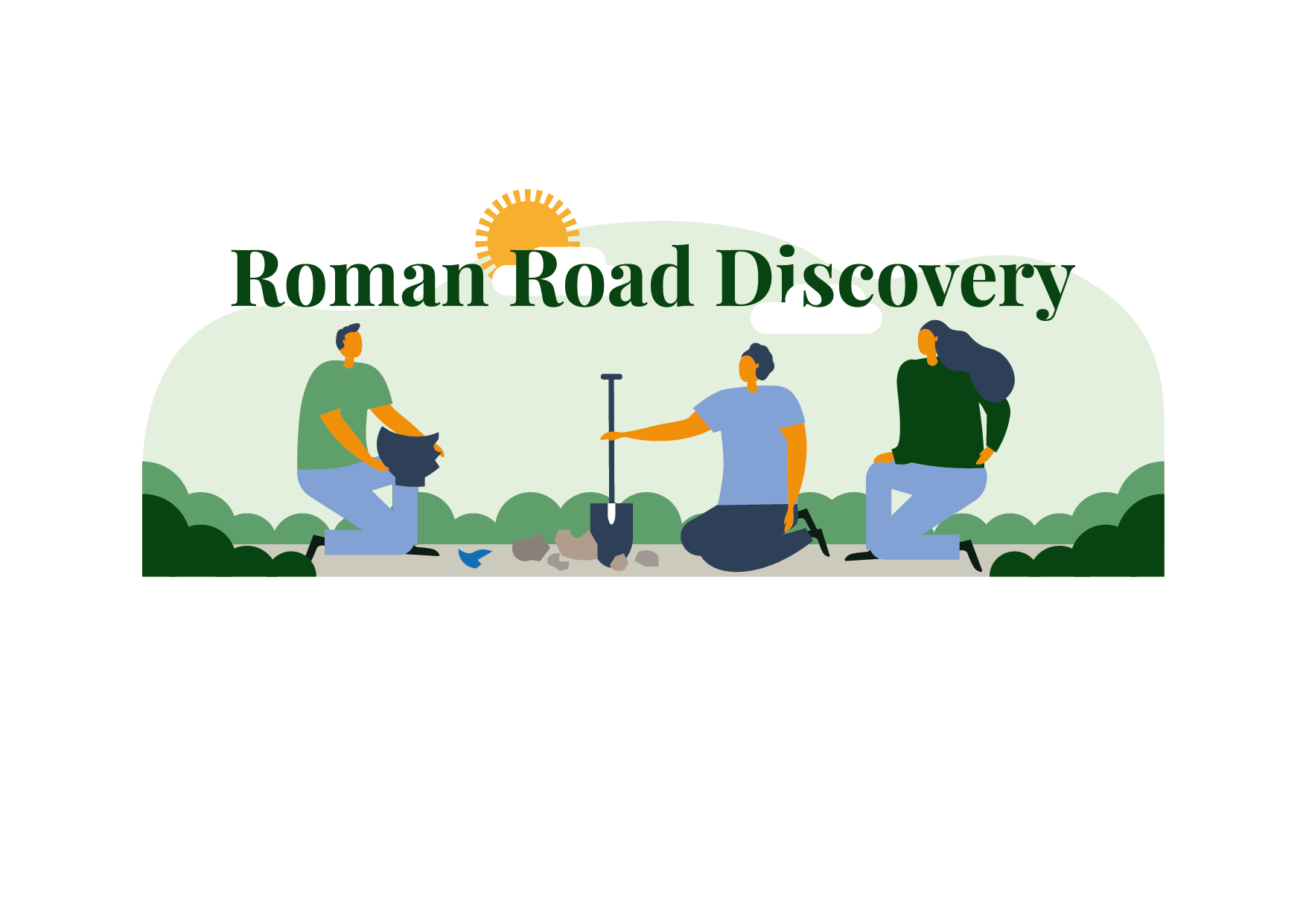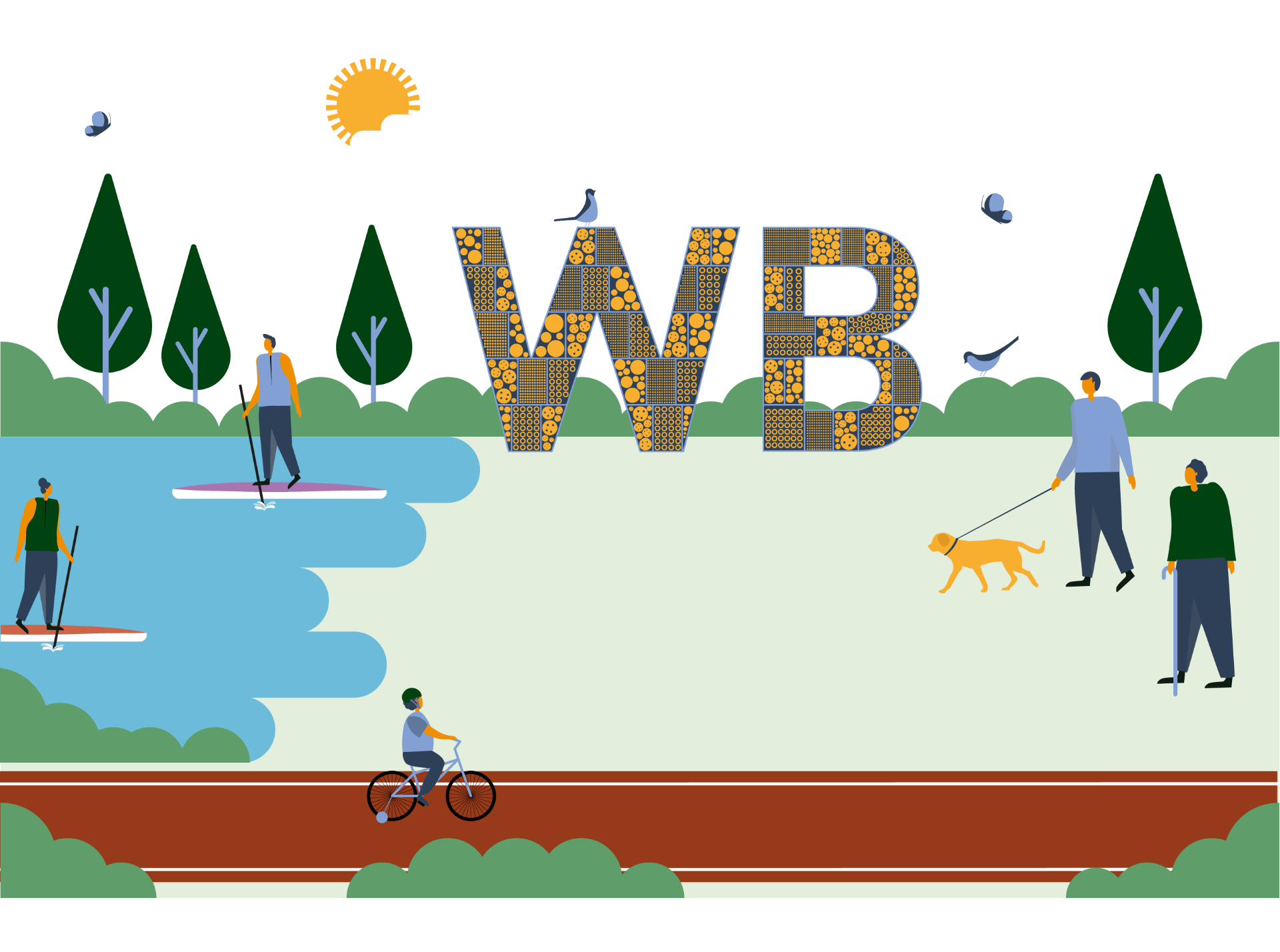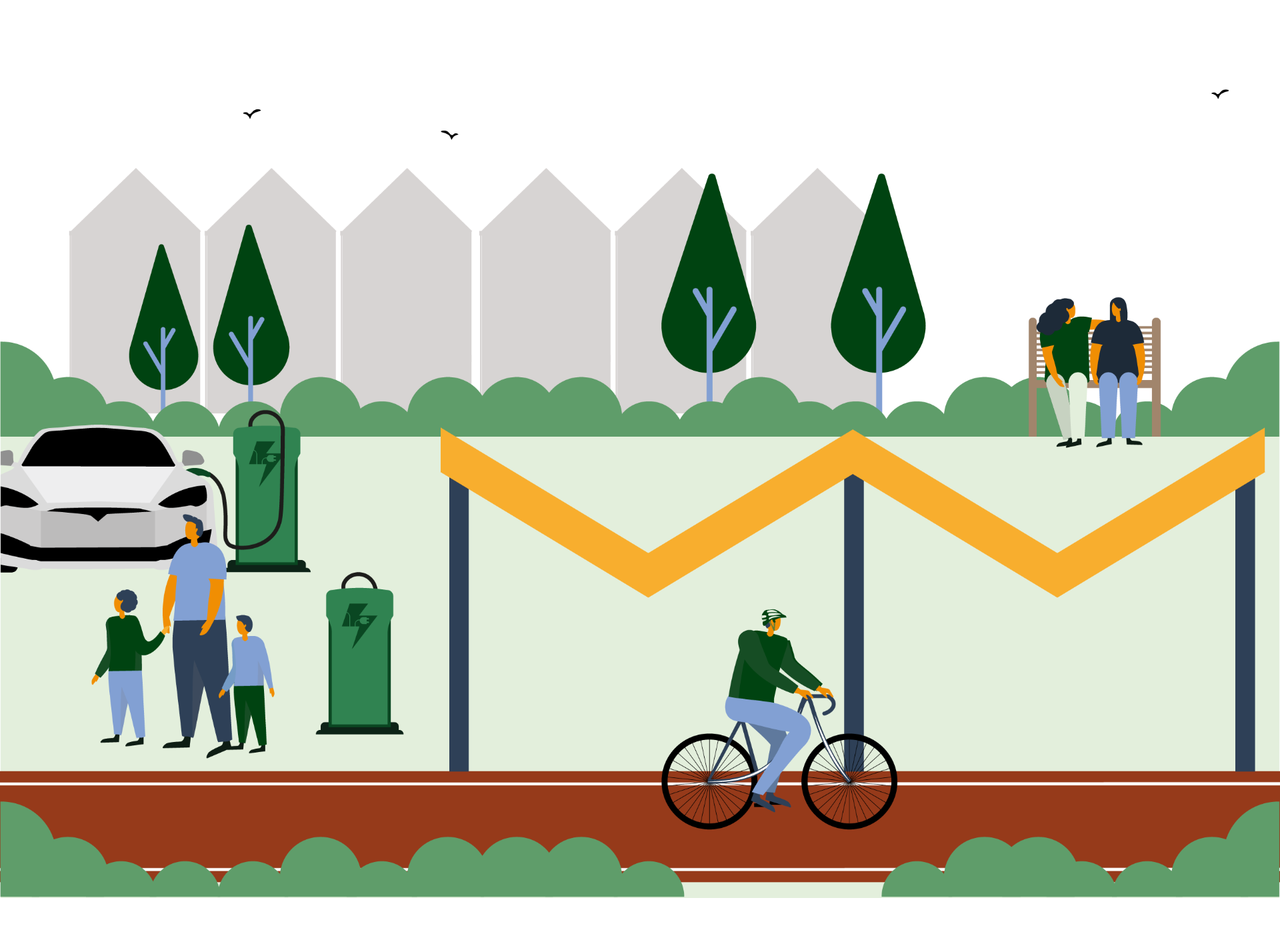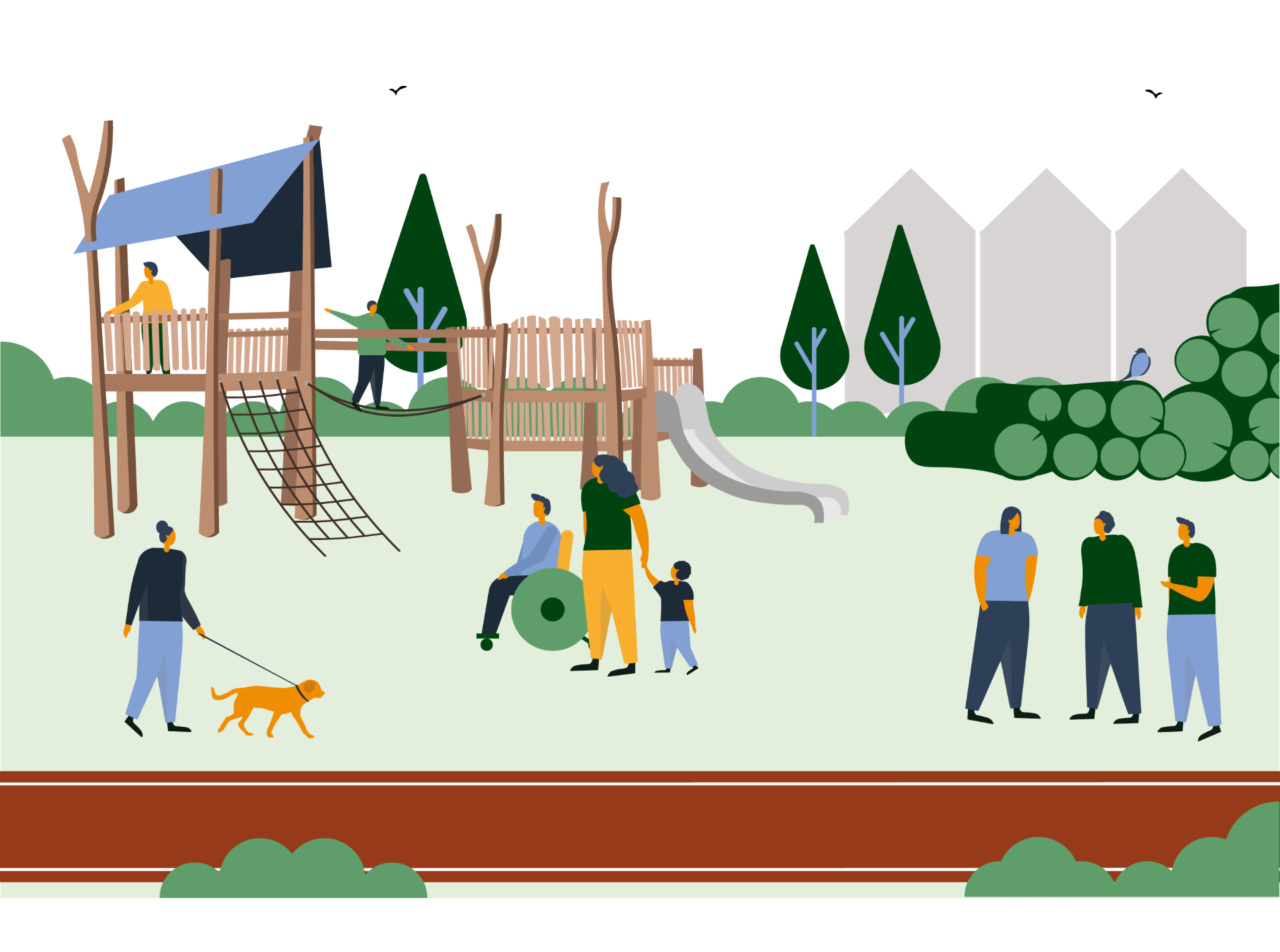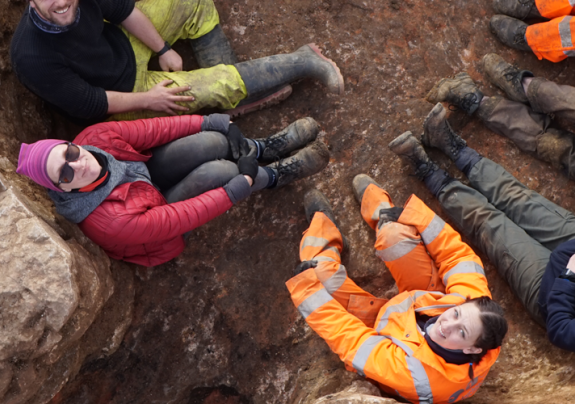A Roman road uncovered at Priors Hall Park has helped to develop insight into the area's long-standing manufacturing history. Oxford Archaeology’s latest discovery builds on the work they’ve done since unearthing a Romano-British villa 2011.
New excavations have attempted to uncover the infrastructure that grew up around the site following the Roman Conquest in 43 AD to help explain its links with other important Roman towns and villages.
During the latest phase of work they found the intact Roman road – along with evidence of third century repairs – which has helped strengthen knowledge of how Corby joined up with surrounding settlements during the period of great social and economic change.
The road probably dates from the early stages of the Roman Conquest, and a Middle to Late Iron Age settlement with evidence of extensive ironworks were among the finds that emerged in the course of the excavations by Oxford Archaeology East in 2021 and 2022.
Back in 2011, OAE uncovered the Romano-British villa that was in use between the first and fourth centuries AD. In 2019 they found the associated temple / mausoleum that was turned into a pottery, brick and tile manufacturing centre in the second and third centuries.
At Urban&Civic, we’ve been working with local schools to share these exciting archaeological findings with students who have all been learning about local history. We brought Oxford Archaeology in to Year 4 classes at Priors Hall Primary School to explain what an archaeologist does, how their work links to Priors Hall and how this ties in with their learning about the Romans. This included looking at the different artefacts with children taking part in their own ‘dig’ to finding their own relics.
As our development progresses, the site of the recent excavation will become a scheduled ancient monument with information boards telling the story of its history, complemented by future road names in the new Zone 3 having a Roman theme.
I enjoyed searching for artefacts in the dig site. I learned about how archaeologists use clues from their digs to work out how people from the past lived.
Year 4 students
The excavations at Priors Hall have provided an unparalleled opportunity to investigate the wider estate of a Roman villa, and have given us a new perspective on these high-status estates, as well as showing us the Iron Age precursor. This has also been a clear demonstration of the way archaeological works fit into the planning and development process and can deliver material not only for academic debate but also for public interest and education.
Liz Mordue, Archaeological Advisor at North Northamptonshire Council
